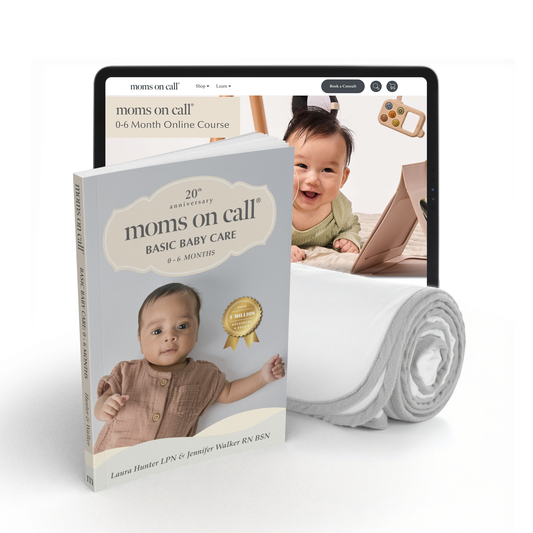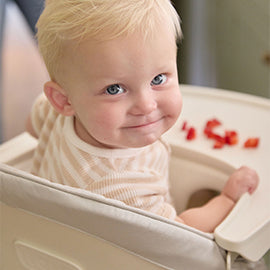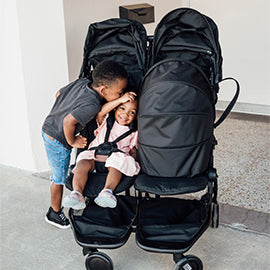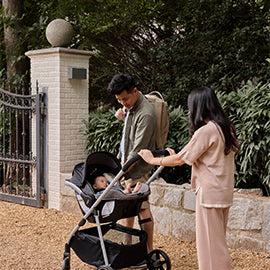Learn the lifesaving skills of CPR for babies and toddlers, and get advice from experts on preventing choking. Equip yourself with the know-how to protect your little one in an emergency.
What is choking?
Choking is when food or non-food items get stuck in your child’s airway and stop air from reaching the lungs.
How can I do my best to prevent choking?
When offering finger foods, keep them pea-sized and mushable. Only put 2-3 items on their tray at a time. Always supervise them during mealtime. Be aware of sneaky siblings with no harmful intent. If you have a baby + toddler, the older sibling may hand pieces of food off their plate to the baby, which could be a possible choking hazard we often do not think about.
But there is more than food that gets lodged in an airway. Babies explore with all of their senses. Therefore, often we find a season where everything tends to go into a baby’s mouth. Getting down at their level is advisable to see what they see while on the floor. Look under furniture, behind doors, and even between the couch cushions for small items.
Toys have age guidelines that take into account possible choking hazards for children. Don’t let your child play with toys that aren’t appropriate for their age. Be careful of older siblings' toys and keep them in designated areas that the younger children cannot access. Many choking incidents are caused when an older sibling gives a toy with a small part of a big piece of food to a younger sibling.
Being informed about possible hazards for choking will help minimize that risk for your child. Below is a list of common choking hazards for babies and toddlers from HealthyChildren.org.
Choking Hazard Items:
- Pieces of dog food
- Coins
- Balloons
- Toys with small parts
- Refrigerator magnets
- Pen or marker caps
- Small button-type batteries
- Buttons, small balls, marbles
- Small hair bows, barrettes, rubber bands
Choking Hazard Foods:
- Hot dogs (especially cut into coin shapes)
- Peanuts (nuts, seeds, and chunks of peanut butter)
- Whole grapes
- Raw carrots (chunks of any raw vegetables)
- Popcorn
- Hard or sticky candy
- Chewing gum
- Cheese or meats cut into cube pieces
Always monitor children closely and be prepared in the event of an emergency by knowing the life-saving techniques of CPR and what to do if an infant is choking versus a child choking. These techniques differ from 0-12 months old and 1-8 years old. There are life-saving steps you can perform while help is on the way!
As parents, we rarely want to think about the worst-case scenario. But the only thing worse than having a medical emergency on your hands is not knowing what to do when one arises. Moms on Call's Infant and Child CPR, Choking and First Aid Online Course is now available. This online course is a great, easily accessible way for parents, grandparents, babysitters, and anyone who will be caring for your child(ren) to have an uncomplicated basic knowledge of these life-saving principles. Of course, nothing replaces the deep dive that the American Heart Association or the Red Cross provides, so we recommend hands-on, in-person classes at least once every two years.
























